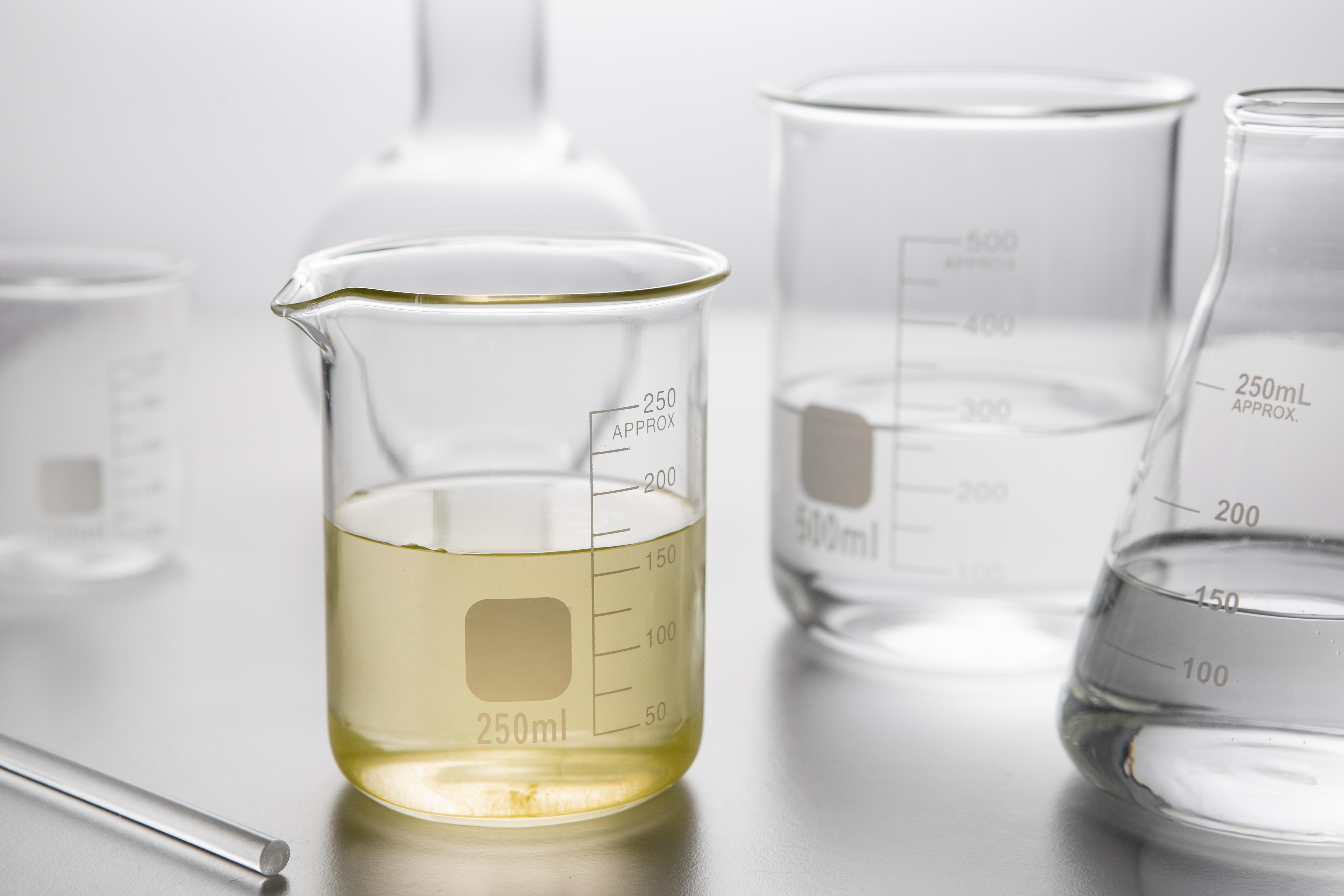
Choosing the Right Solvent
Key differences between common solvents, solvency power, evaporation, and EHS considerations.
Solvency & Polarity
Match the solvent’s polarity to the resin and pigment system. Use Hansen or Hildebrand parameters to predict compatibility and avoid seed/gel issues.
- Aliphatics: Low polarity; good for waxes and aliphatic binders.
- Aromatics & Ketones: Mid/high solvency for many coating resins and colorants.
- Alcohols/Esters: Polar options aiding flow and coalescence.
Evaporation Rate & Film Formation
Evaporation controls open time, leveling, and defect risk. Solvent blends balance fast dry (tack-free) with slower tails for flow and reduced orange peel.
Viscosity, Flash Point & Process
- Dial-in application viscosity for spray/roll/curtain methods.
- Respect flash point for booth design and storage class.
- Check resin cut stability to prevent phase separation.
Compliance & EHS
- VOC strategy: Prefer low-VOC or exempt solvents where mandated.
- Toxicology: Review SDS; select safer substitutions when possible.
- Waste: Segregate, label, and dispose via authorized channels.
Quick Selector
- Match resin/solvent parameters & pigment stability.
- Balance evaporation to climate and application method.
- Verify VOC, labeling, and transport class.